Often when you’re cooking and baking, it’s useful to know different measurement conversions. Here I’ll give several options for converting tablespoons to cups.
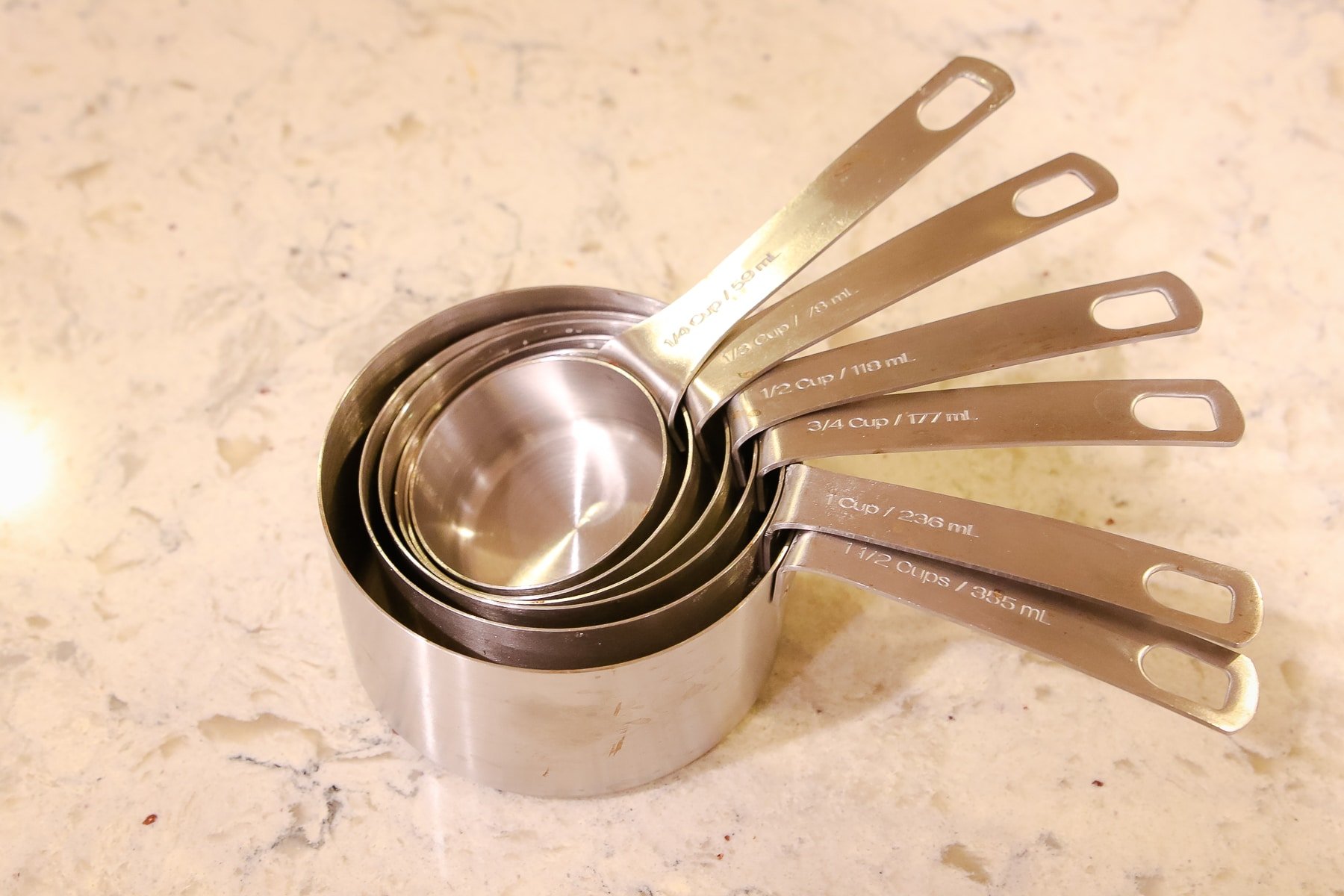
When I’m baking, I often double or triple a recipe to feed my large family. Instead of measuring out 6+ tablespoons of an ingredient, I’ll instead convert the measurement to cups, so I have to measure out only once or twice. I can’t tell you how many times I’ve begun scooping and measuring 9 tablespoons of an ingredient only to lose count half way! Please tell me I’m not the only one this happens to!
Tablespoons to Cups
Converting tablespoons to cups is easy when you have a handy chart! I look these numbers up often. I even have a fridge magnet with some of the most common cooking conversions!
There are 16 TBSP in 1 cup.
Halve that and you’ll see there are 8 tablespoons in ½ cup.
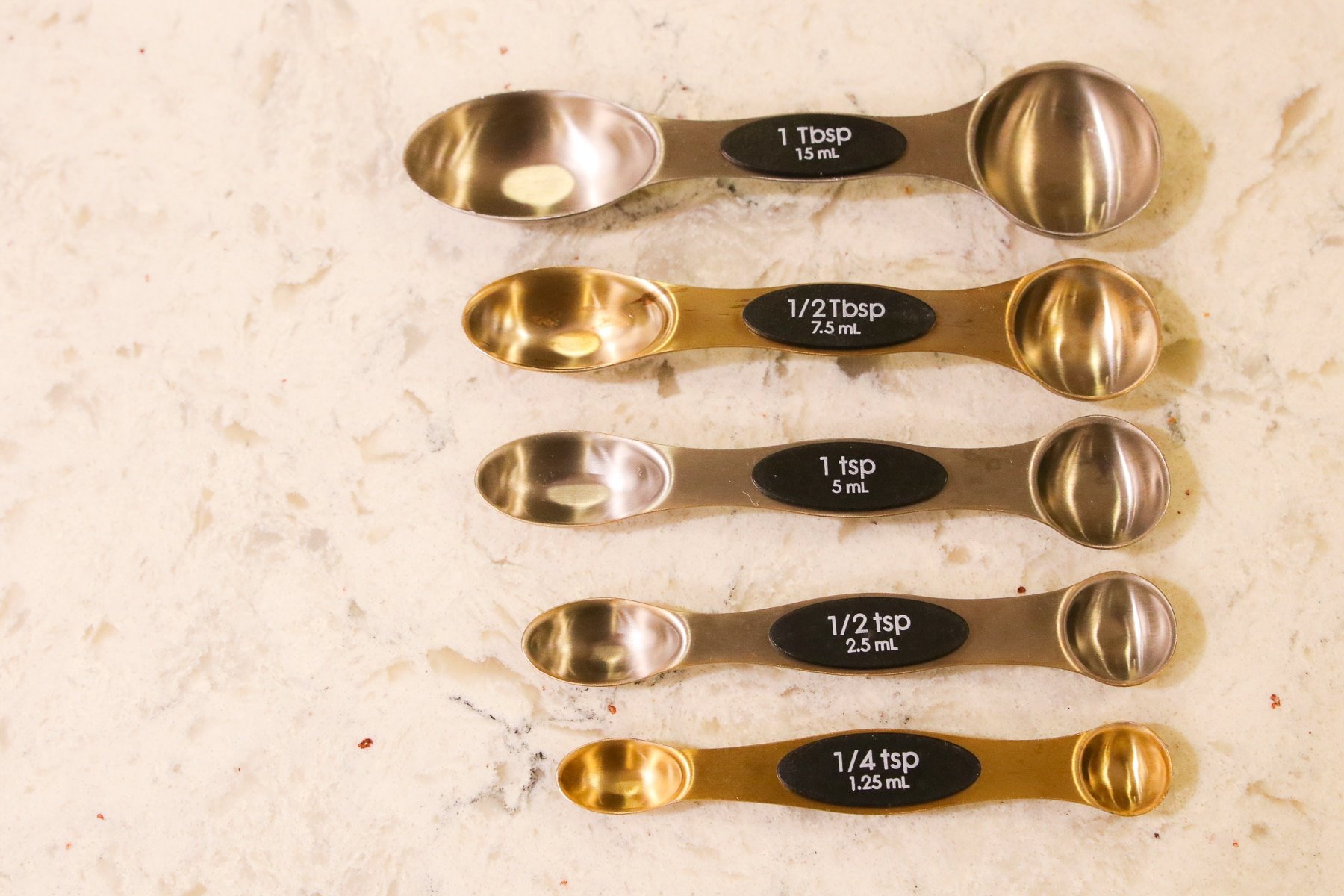
Cups to Tablespoons Conversion Chart
| 1 Cup | 16 TBSP | 8 fl oz | 240 ml | 48 tsp |
| ¾ Cup | 12 TBSP | 6 fl oz | 180 ml | 36 tsp |
| ½ Cup | 8 TBSP | 4 fl oz | 120 ml | 24 tsp |
| ⅓ Cup | 5 TBSP + 1 tsp | 2.7 fl oz | 80 ml | 16 tsp |
| ¼ Cup | 4 TBSP | 2 fl oz | 60 ml | 12 tsp |
In the chart above, the abbreviations are as follows:
TBSP = Tablespoons
Fl oz = Fluid Ounces
ml = milliliters
Tsp = teaspoons
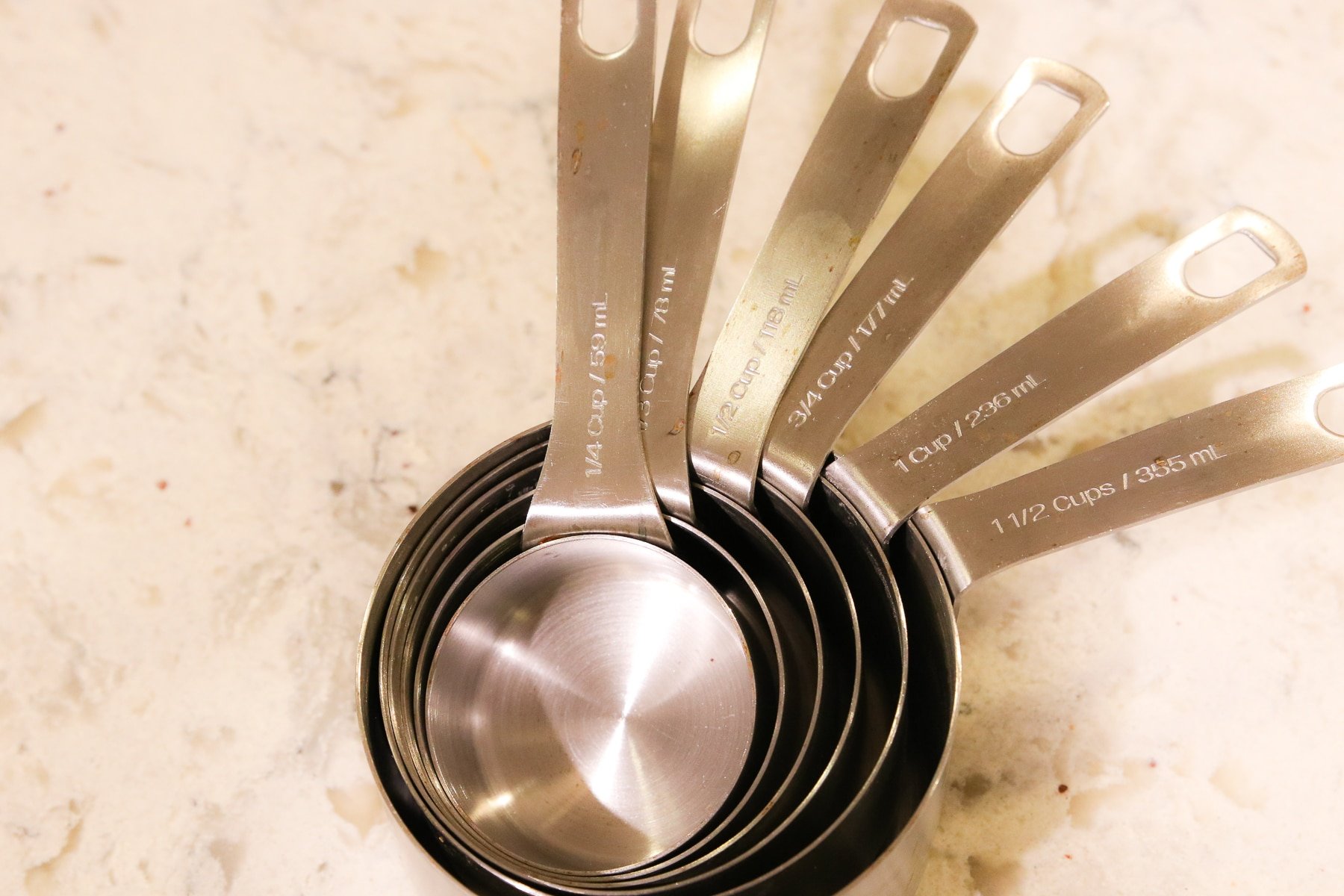
How to You Measure Dry Ingredients?
To understand how to measure dry ingredients, I’ll use the example of measuring flour. This method I’m describing is one most home cooks use. To measure 1 cup of flour, you scoop out flour using a tool that’s NOT your measuring cup and deposit the flour into the 1 cup measuring cup. I gently shake the cup from side to side just to level the flour a bit. Then I use a clean butter knife to level off the flour. If you just need 1 tablespoon of flour, I’d simply scoop up flour using my tablespoon measuring spoon and again, level with a knife.

Do you have to level ingredients when you measure them?
Honestly, whether or not you need to level ingredients depends on what you’re making. If you’re baking macarons, a delicate French cookie that requires exactness, then yes, you’ll need to level. But if you’re making a coating for fried chicken, no, the ingredients don’t require near the same precision.
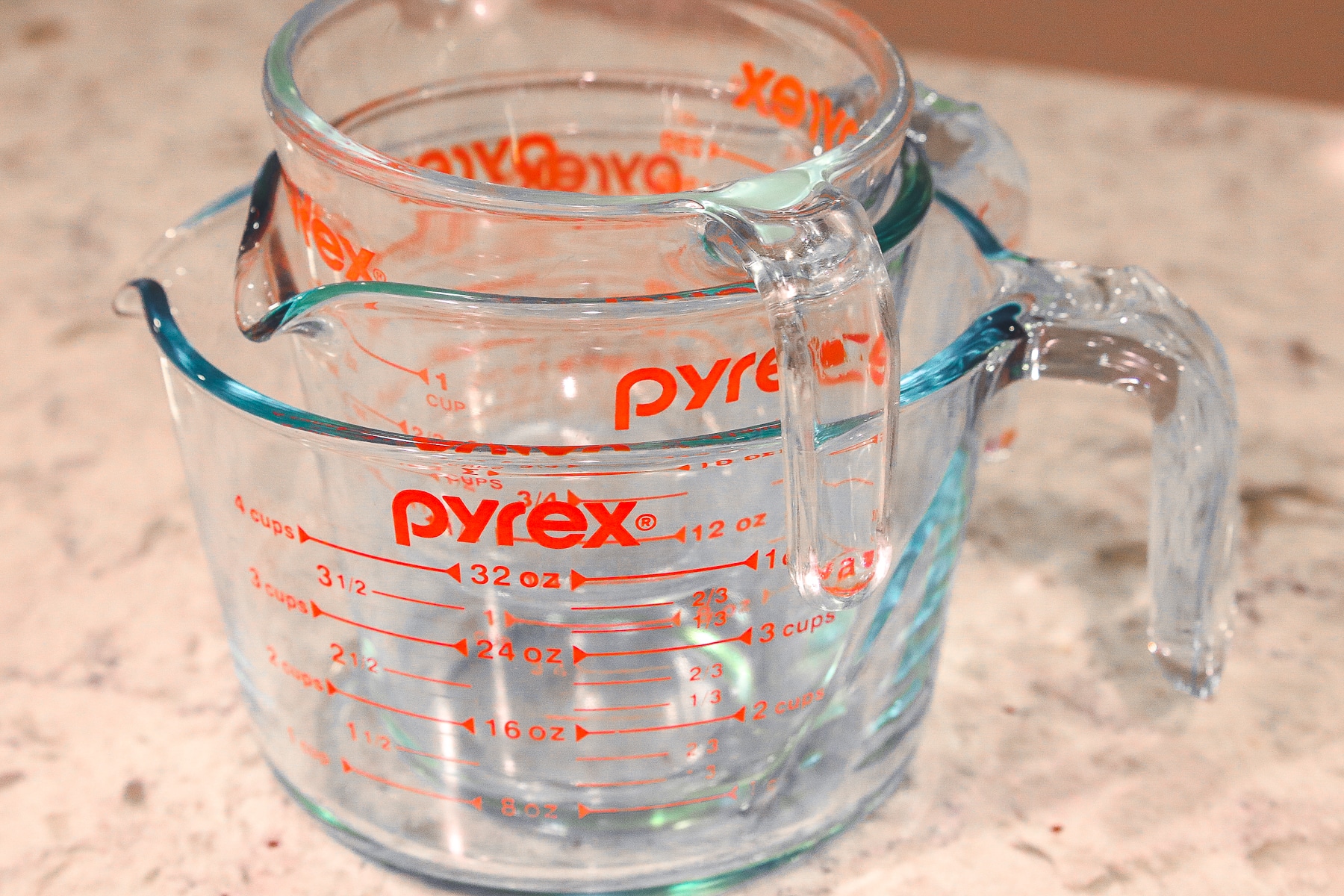
How do you Measure Wet Ingredients?
Wet ingredients are generally measured out using glass measuring cups. Despite having the same name as dry ingredient measuring cups, wet ingredient cups have a handle and pour spout. To measure water, you’ll fill the measuring cup, first estimating the amount you’ll need. Then, stoop down to eye level so that you can accurately gauge how much water is in the cup. Pour out or add water as needed, waiting for the water to settle, then check at eye level the amount in the cup until you have the exact amount needed.
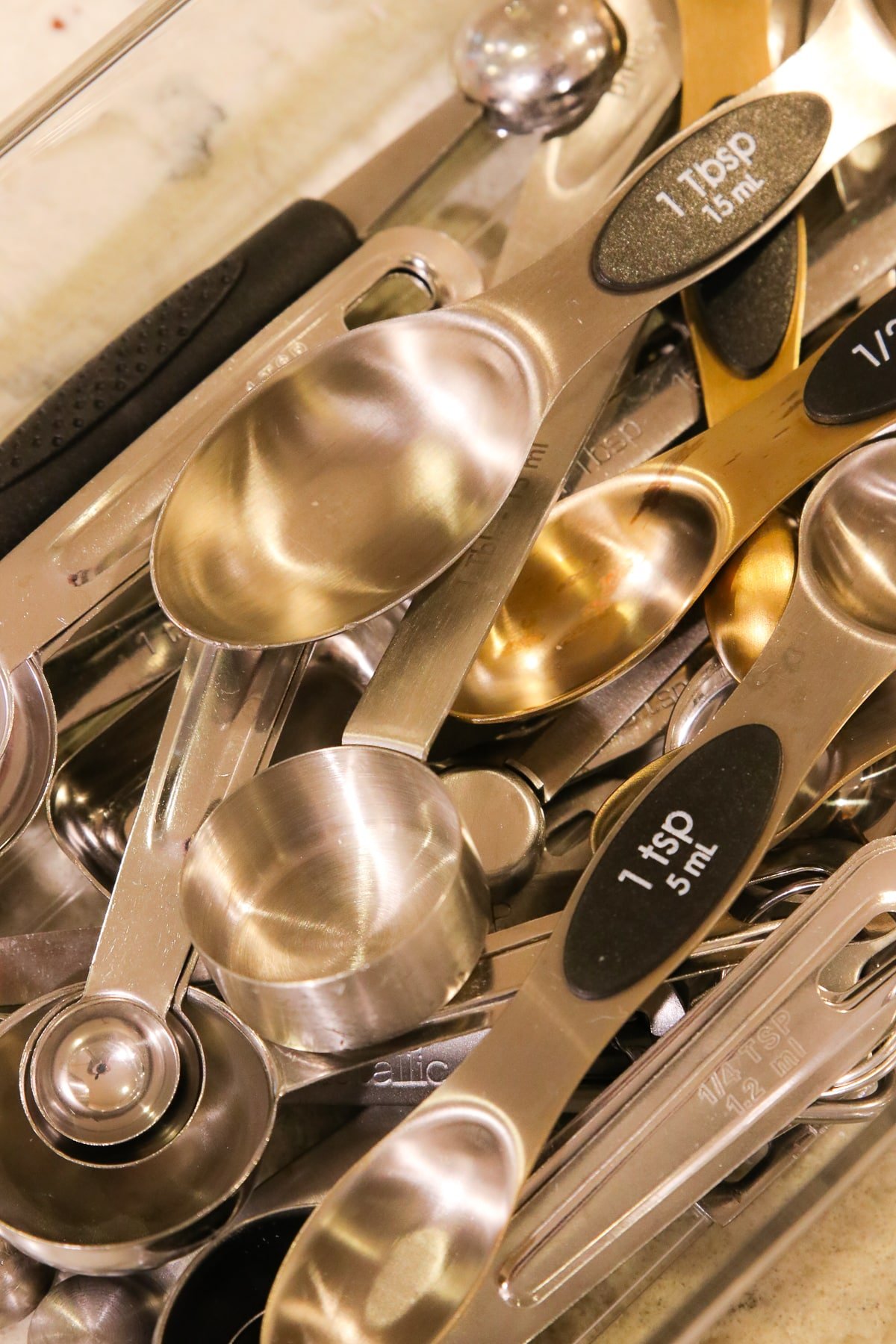
What are the Best Types of Measuring Spoons?
Throughout my decades cooking & baking, I’ve come to like some measuring spoons much more than others. Here are the types I like:
- Use measuring spoons with one side rounded and the other side oblong. These are important for fitting the measuring spoon inside small jars of spices!
- Use measuring spoons that can be detached from each other. Most often when you buy measuring spoons, they’re sold in sets, with all 5-6 grouped together. I have a few sets like that! But most often, I find myself reaching for the ones I’ve separated. So much so that those are the only ones I buy now!
- Use metal measuring spoons. Don’t even bother with plastic. They can warp & break much more easily than metal.
- Forego the fancy measuring spoons. I know, they’re so cute. But often they’re thicker, heavier and have more edges and ridges, which just makes the cooking process more cumbersome. Buy them and put them on display somewhere in your kitchen, but don’t actually use them to cook.
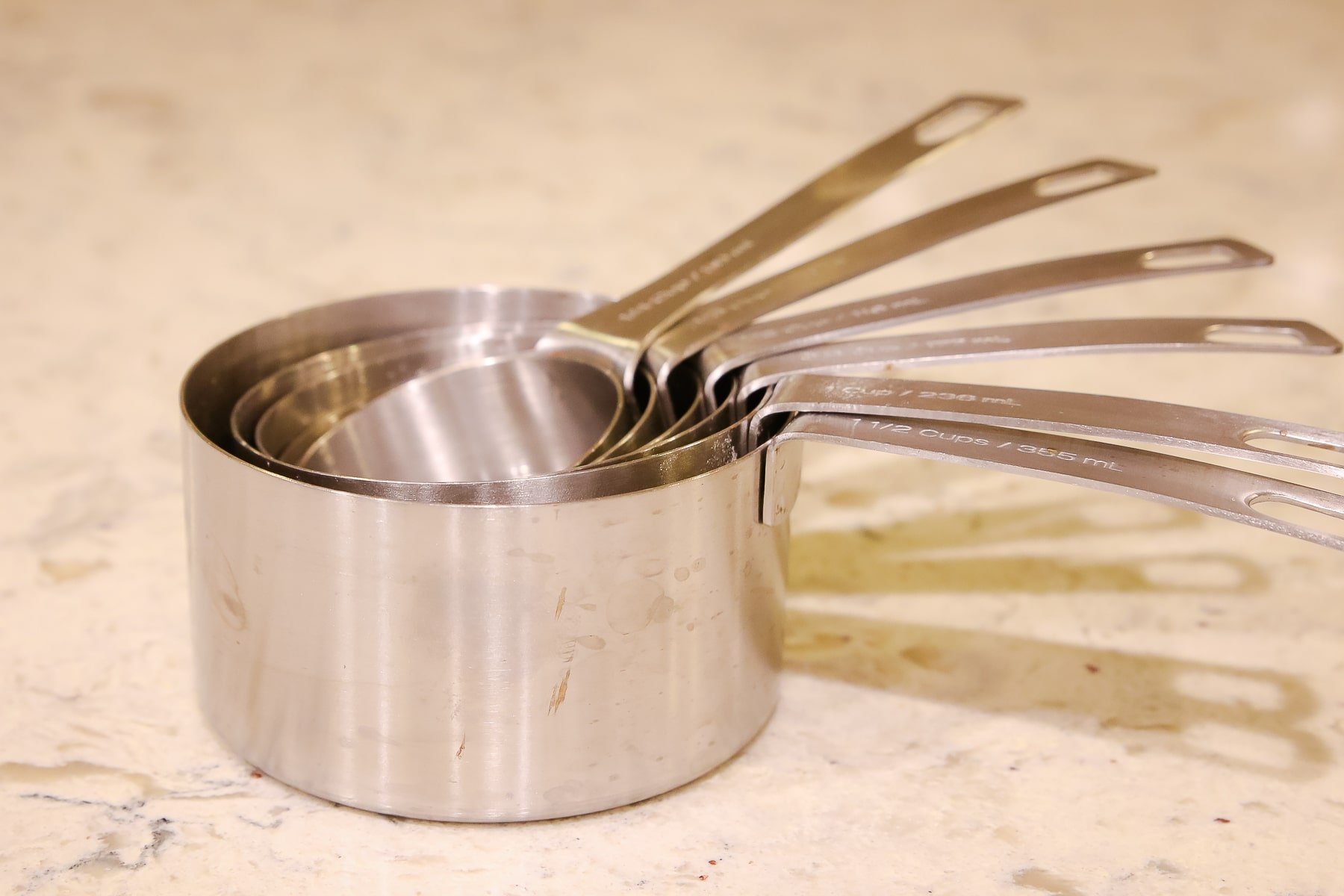
What are the Best Measuring Cups?
I always have 4-5 sets of measuring cups on hand at any given time. Here are some characteristics of my favorites:
- Use stainless steel measuring cups. They hold up better, last longer and I can run them through the dishwasher a million times without any issues.
- Use measuring cups with no lip and at least a 3″ handle. Smaller, 1″ squat handles are just awkward. And the cups that have a lip are harder to level ingredients.
- Get nesting cups that can be separated.
- Go for a large set of cups with uncommon measurements! I have a big set with a 2 cup measuring cup, a 1 ½ cup measuring cup and even a ⅔ cup. I’m amazed at how often I use them!

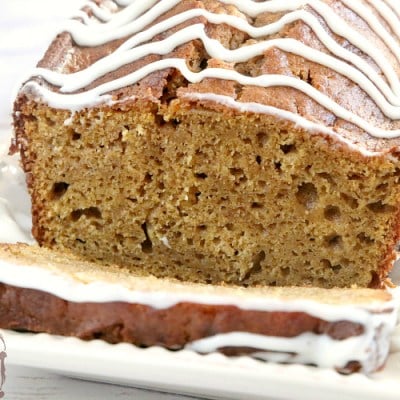
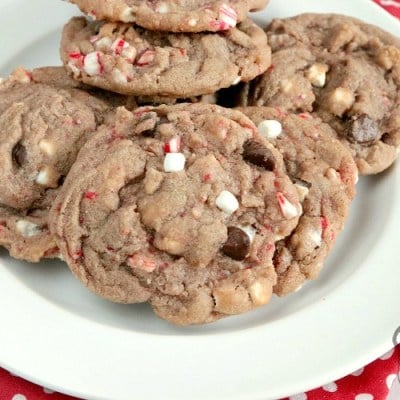
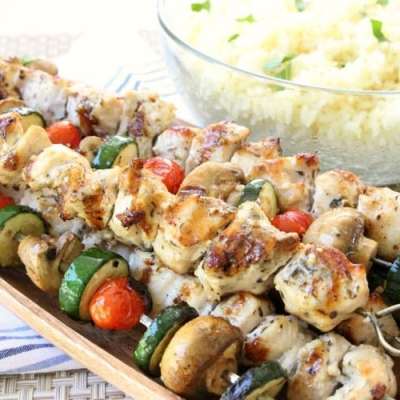
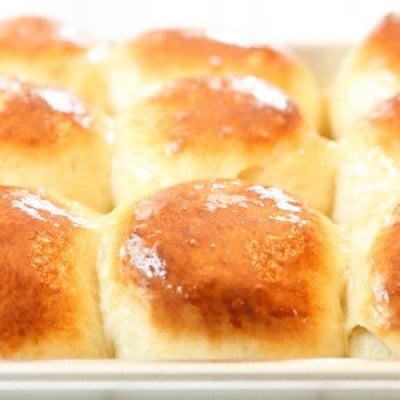
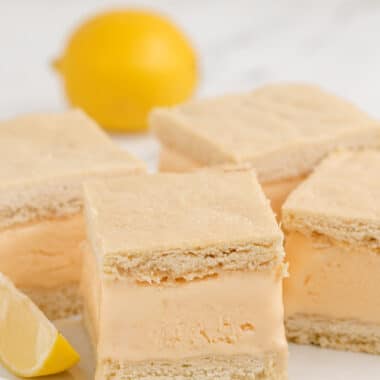
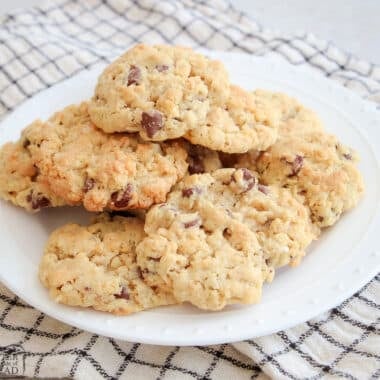
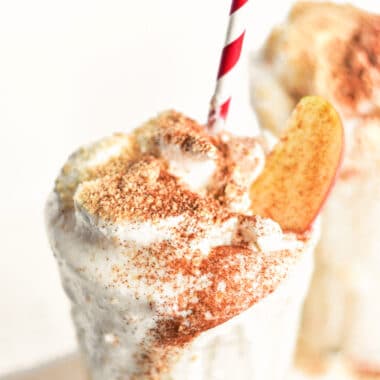

Leave a Reply